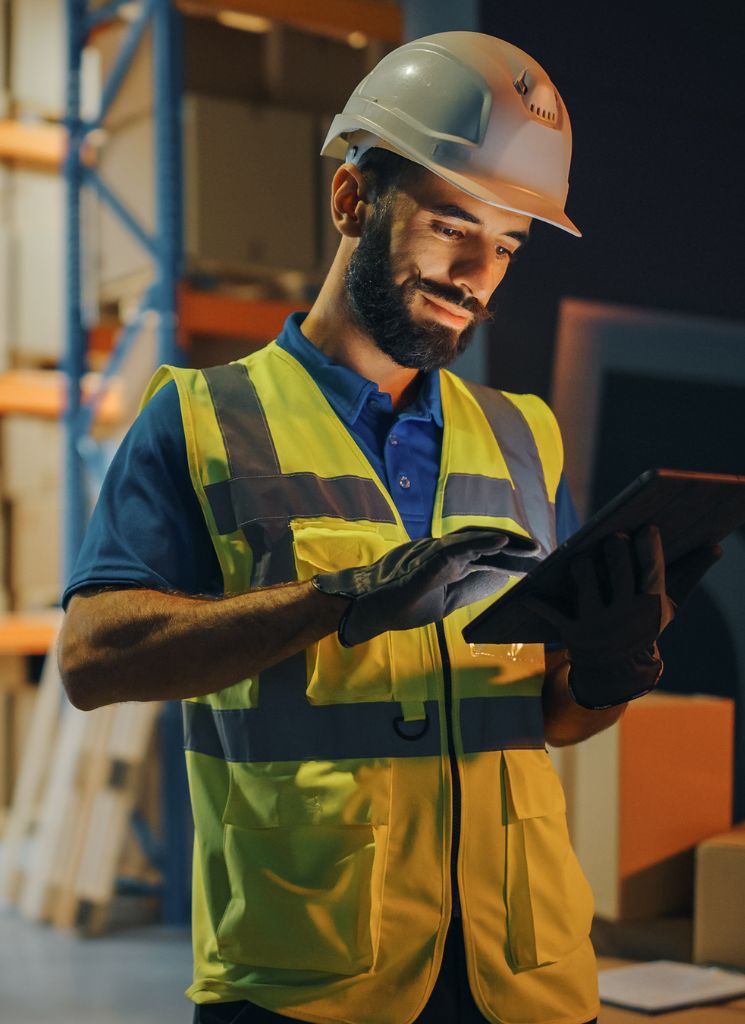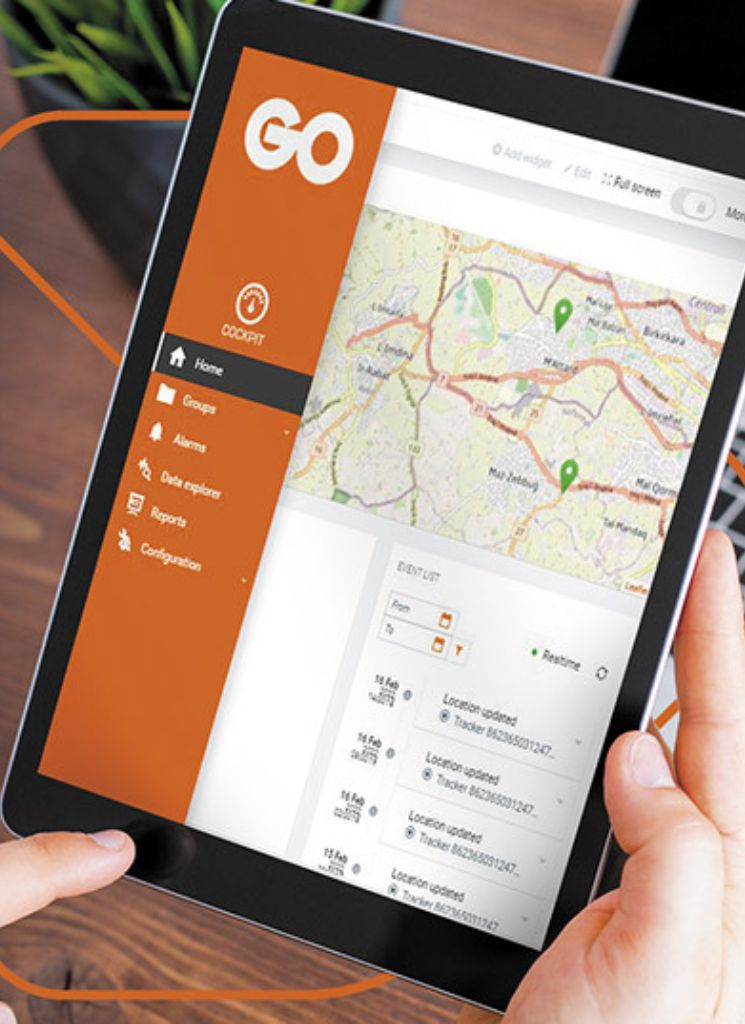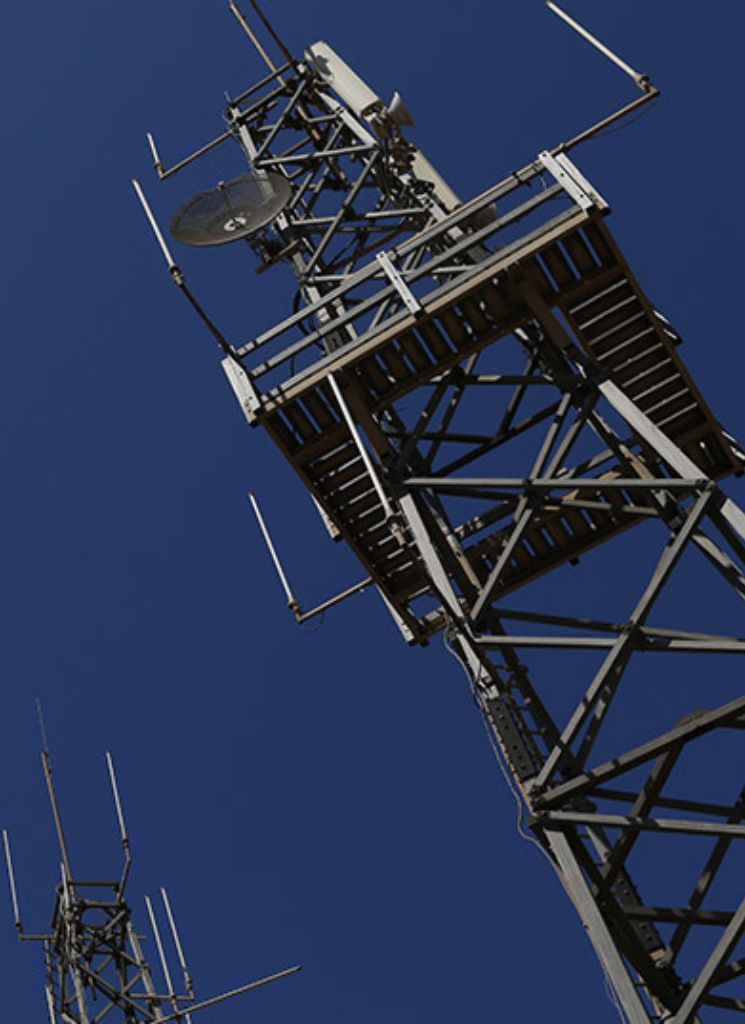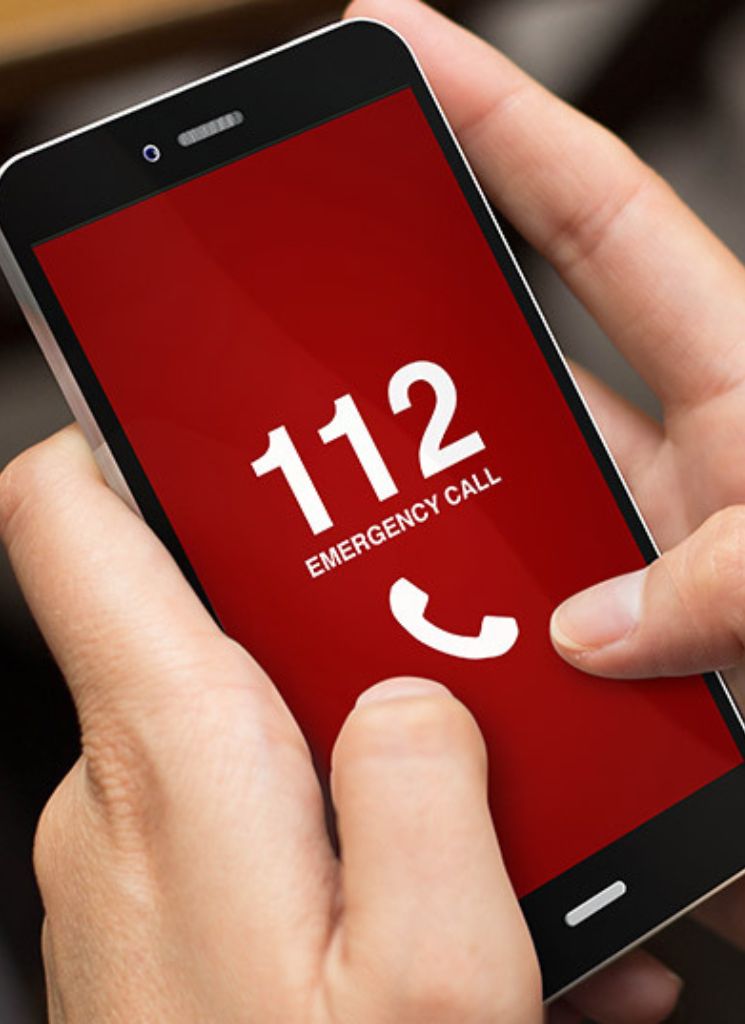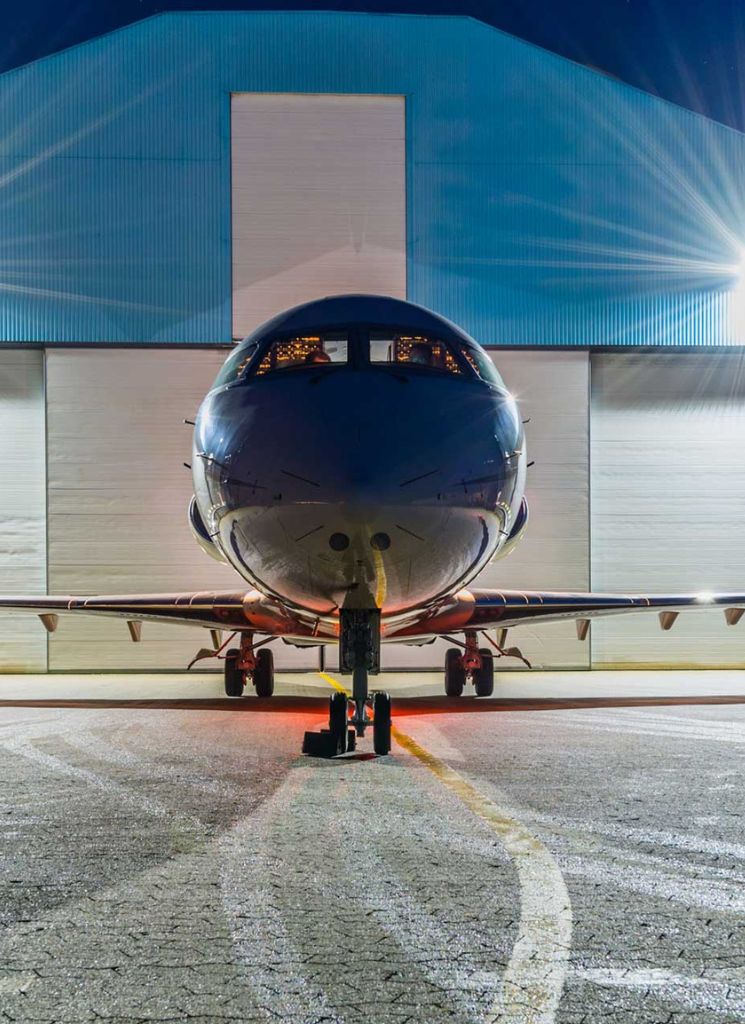Updating Malta’s 112 system was one of our most exciting projects yet. Here’s how we created a future-proof system that cut response time.
During a crisis, emergency services need to respond quickly. The faster they act, the faster they can provide help – and the better the outcome for a person in need. But it all depends on the internal system in place, and how quickly information is relayed to the appropriate teams.
For the Ministry for Home Affairs, National Security and Law Enforcement, the benefits of improving Malta’s emergency service system were obvious. As well as aligning with new standards from the European Commission, the new 112 system forms a key part of the national strategy for Maltese safety and well-being. Improving the efficiency and accessibility of emergency assistance enables every citizen to feel safer knowing that fire, ambulance, and police services are ready to respond quickly to any crisis.
Overhauling an emergency services system is no small project, however it requires the technical expertise and manpower that only a proven provider can offer. At GO Business, we were already contracted to manage the existing 112 system. So, when it needed to be revamped and updated, the Ministry came to us with a set of requirements for design, deployment and support.
And we’ve been excited to make this project a success. In this post, we wanted to share a few highlights of updating the existing 112 system – from the three new solutions we’ve implemented, to the development process itself.
An app and a smart approach to dispatch
The Ministry for Home Affairs was looking to improve response times by streamlining information sharing and diverting callers to the right service, as quickly as possible.
One function they asked us to implement was real-time location tracking on 112 request calls. This required us to install an infrastructure and system that enables emergency service providers to pinpoint a caller’s location, whether they’re calling from a mobile or fixed-line system. The Ministry also asked us to put an eCall function in place that could enable better data-sharing when an accident occurs and give emergency response operators more information before they arrive on scene.
So, we designed and implemented two new solutions, and helped reduce average response time to just four seconds in the process.
A unique computer aided dispatch system
Designed with the Civil Protection Department (CPD) and hospital services in mind, our computer aided dispatch (CAD) system improves response efficiency. It gives agents greater visibility into incidents and enables two-way communication between an emergency vehicle and the control room.
Once a call comes through on the 112 number, agents are provided with details about the location, caller, and scene in the CAD. Calls can then be quickly escalated to the right emergency team, aided by AI, which suggests the right teams and equipment required for the situation at hand. All relevant information is passed to responders through devices in emergency vehicles, providing the insights they need to act as quickly and effectively as possible.
This new system also represents a significant shift away from inefficient, paper-based processes. By replacing a manual, paper-based logging system, we helped accelerate the digitalisation process for every emergency service department involved in the 112 upgrade.
A mobile application
The112mt mobile app offers citizen another way to get in touch with emergency services. Using the app, they can instantly call or text 112 with a single tap, making the system more accessible for people with hearing or speech impairments, and offering wider benefits for citizens reporting serious incidents.
The revamped app also enhances location tracking for 112 teams, using Advanced Mobile Location (AML) technology. Using data from cell towers and – with the user’s consent – the phone’s GPS, emergency services can now identify where a caller is located to the nearest metre.
For example, if a citizen is in a situation where they can’t talk – perhaps due to a serious injury or being stuck in a lift – they can request emergency help via a built-in panic button.
Information about their location is transmitted to emergency teams, who can then provide help as quickly as possible.
Users can also use the app to report witnessed crimes, get general news about their area, and find useful contact details in case of an emergency.
From project conception to (ongoing) delivery
Since the very beginning of the 112 upgrade, we’ve provided support and technical expertise. And we’ve been responsible for every stage of the system’s growth – from consultancy and design, to installation, commissioning, and on-going maintenance and support. We’ve even provided training for staff on the technology and standard operating protocols (SOPs), bringing in foreign experts to ensure agents are certified in internationally recognised SOPs.
The tight-knit relationship we’ve formed with the agencies involved have been a big part of that growth. Regular communication has been key to keeping tasks on track, and ensuring the system offers all the capabilities emergency response teams need to be at their most effective. So, during the design process (and long after it), we had near-daily discussions with the Ministry for Home Affairs, to make sure everyone was on the same page.
Keeping communication channels open was just as important during installation and commissioning. As we installed the necessary solutions and systems, as well as the supporting architecture, we collaborated with multiple and diverse stakeholders.
The future of Malta’s Emergency Service System
With people’s safety and well-being on the line, we’re committed to improve our solutions and adding new capabilities to the 112 system on a constant basis. That’s why we designed our solutions be customisable so 112 can adapt as new technologies come to market.
In fact, some improvements are already in place in the system – and the processes that support it. For instance, to make sure every agent is armed with the knowhow to navigate the system as quickly as possible, we introduced a mandatory certification course.
And with the data and feedback we’re already generating, backed with AI machine learning protocols, we can keep learning exactly what Malta needs – and implement new solutions and technologies whilst adhering to EU regulations. Areas of emerging tech, like AI, hold endless possibilities for making the system smarter and more efficient, well into the future.
Help is always on hand
The new 112 system forms a crucial part of Malta’s wider national emergency strategy to ensure the well-being of its citizens. But remember, only contact 112 if you’re actually in an emergency.
If you’re in a non-emergency situation, need to report a crime or missing item, or just want the right contact info, why not check out the 112mt mobile app? Or, if you want to find out more about what we do at GO Business, get in contact with our team.



